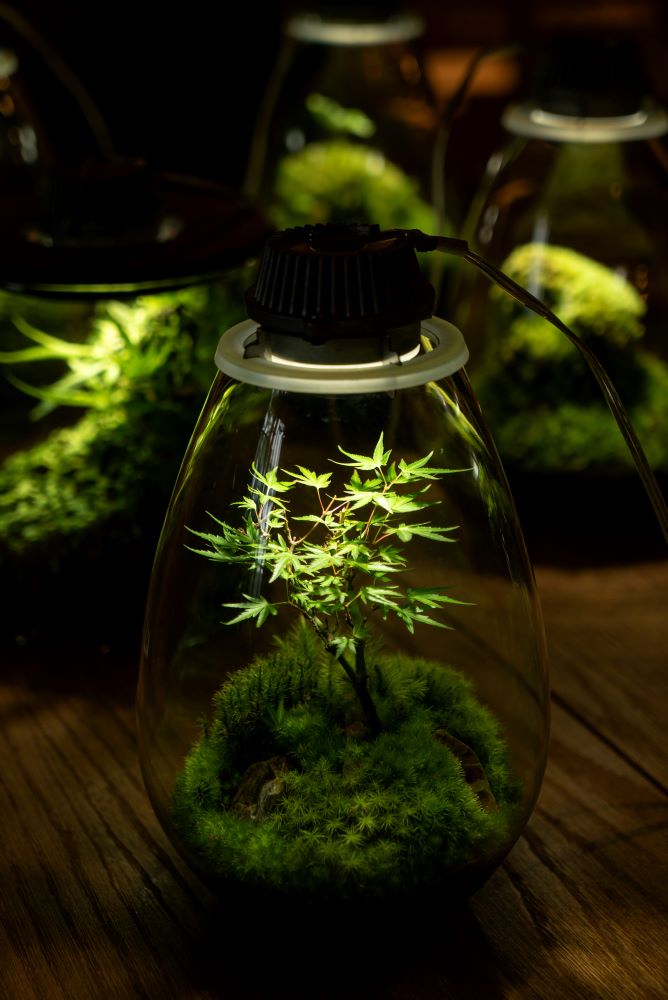Contents
Introduction
Indoor gardening has witnessed a surge in popularity, driven by advancements in technology and a growing appreciation for home-grown produce. Central to the success of indoor cultivation is mastering the art of lighting, ensuring that plants receive the right amount and quality of light for optimal growth and development. In this comprehensive guide, we delve into the intricacies of light quantity, exploring key metrics like PPFD and DLI, and offering practical recommendations for lighting equipment tailored to different growth stages.
Understanding Light Quantity Metrics
Gone are the days when light quantity was simply measured in watts per square meter or lumens. Plant scientists now prefer more accurate metrics like PPFD (photosynthetic photon flux density) and DLI (daily light integral). PPFD measures the number of photons hitting a surface per square meter per second, providing a precise gauge of light intensity crucial for photosynthesis. DLI, on the other hand, factors in both PPFD and the duration of exposure to calculate the total quantity of photons received by plants each day. By embracing these metrics, growers gain deeper insights into how plants interact with light, enabling them to fine-tune their cultivation practices accordingly.
Tailoring Light for Different Growth Stages:
One size does not fit all when it comes to lighting indoor plants. Each growth stage – from seedling/cloning to vegetative and flowering – demands specific light quantity requirements to support optimal development. Seedlings and clones, for instance, benefit from lower PPFD levels ranging from 100 to 300 μmol/m²/s, while vegetative plants thrive under PPFD levels of 400 to 600 μmol/m²/s. As plants transition to the flowering stage, higher PPFD levels ranging from 800 to 1,000 μmol/m²/s become necessary to promote robust bud formation and flowering. Understanding these stage-specific requirements empowers growers to provide tailored lighting conditions, maximizing growth potential and yield.
Selecting the Right Lighting Equipment
Central to creating an ideal lighting environment is the selection of appropriate lighting equipment. LED (light-emitting diode) grow lights have emerged as a popular choice among indoor growers, thanks to their energy efficiency, customizable spectra, and longevity. When choosing LED grow lights, prioritize models that offer a balanced spectrum spanning from blue to red wavelengths, mimicking natural sunlight and supporting various stages of plant growth. Additionally, consider factors such as light intensity, coverage area, and durability to ensure optimal performance and longevity of your lighting setup.
Conclusion
Mastering light quantity is a fundamental aspect of successful indoor cultivation. By embracing metrics like PPFD and DLI and tailoring lighting conditions to different growth stages, growers can create an optimal environment for plant growth and development. Coupled with the selection of high-quality LED grow lights, this knowledge empowers indoor gardeners to nurture thriving plants, whether it’s lush greens, vibrant flowers, or bountiful harvests, right in the comfort of their homes.

